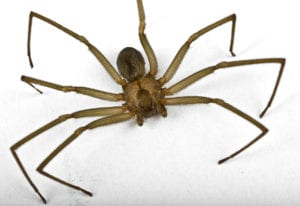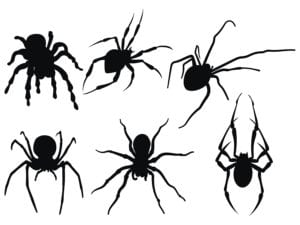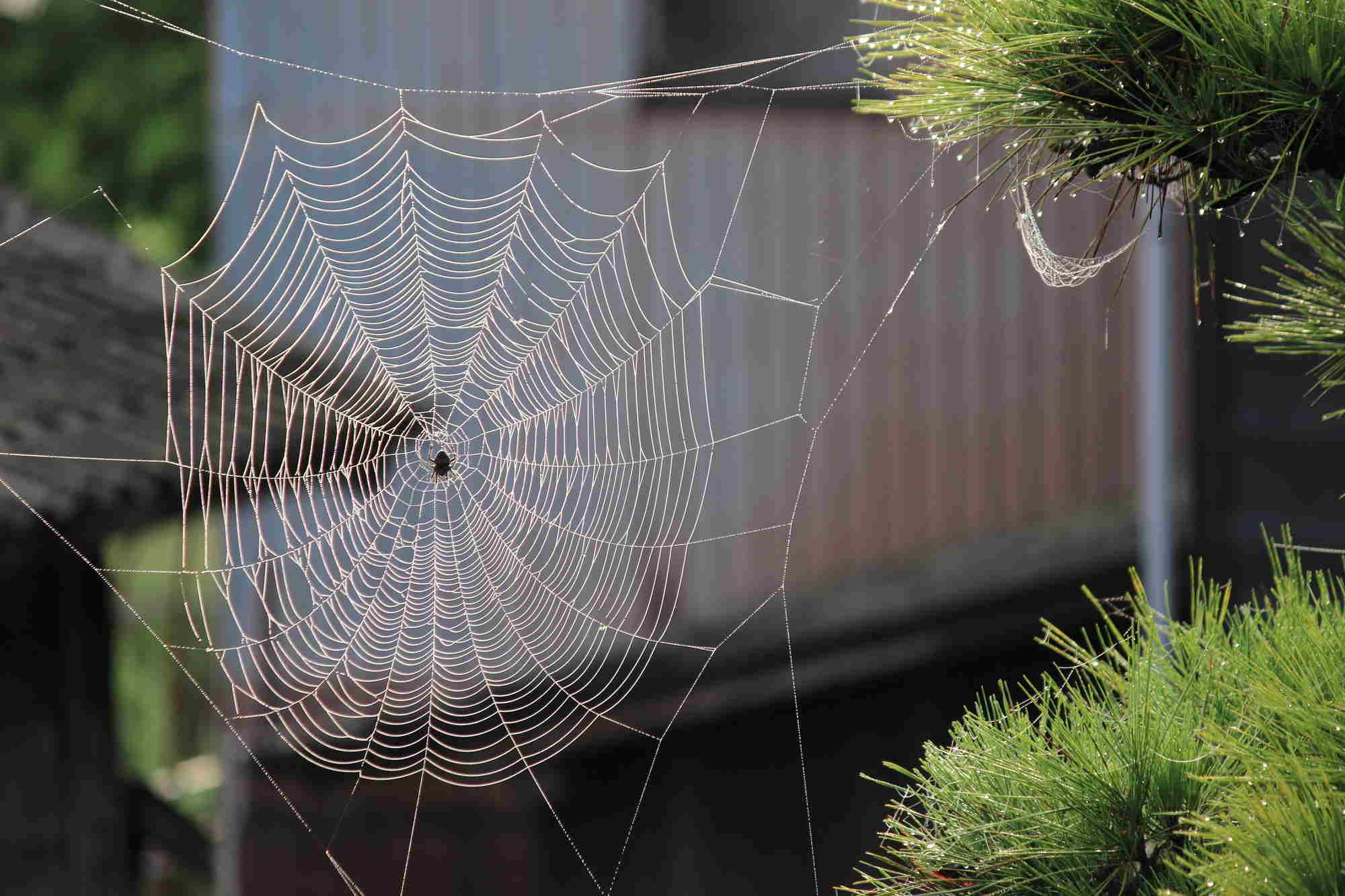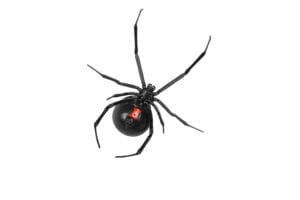How Much Do Spider Exterminators Cost? | Find Spider Control Services Near You
On average, spider control services cost around $160 for standard extermination services. Monthly spider maintenance treatment to control future infestations will run you about $35. Here’s what you need to know.
Did you know that around 5% of Americans have phobias, and the fear of spiders is one of the most common phobias?

Even if you’re not deathly afraid of these 8-legged creatures, it’s still a good idea to consider having them removed from your property. This is especially true if you have certain dangerous species living in your home.
We’ll answer some key questions you might have.
How Much Do Spider Exterminators Cost?
Not all spider control services are the same, which is why you can’t expect a uniform price all across the board. In general, you can expect to pay anywhere between $160 to over $800, with an average of between $200 to $500.
Here are the different things that will affect how much the spider exterminator cost you pay.
Preventative vs Reactive Treatment
As you might’ve guessed by the name, preventative treatment is done before you even have spiders in the spider. This deters them from even thinking that your house is an attractive place to live.
Preventative treatment can cost between $300 to $500.

On the other hand, reactive treatment is done when you already have spiders in your home. This can cost between $160 to $250.
One-Off vs Recurring Treatment
Not only are there preventative and reactive treatments, but also one-off and recurring ones.
A one-off treatment can cost you $275 to $500. However, this only gets rid of your existing problem and doesn’t keep spiders away. For this reason, we highly recommend getting recurring treatments.
Recurring treatments vary in price, depending on how often you have them done. The average costs are:
- Monthly: $35 to $60
- Semi-monthly: $60 to $70
- Quarterly: $125 to $300
You’ll have to discuss with your pest control specialist the type that’s best for your needs and budgets.
How Do Exterminators Get Rid of Spiders?
How exterminators get rid of spiders will depend on if they do a reactive or preventative treatment.
In most cases, you’ll call them for reactive treatment. For this, they’ll spray a pesticide in areas that spiders like to hang out, such as the ceilings, inside of baseboards, and crawl spaces. This should kill off any spiders that are currently living in your home.

For preventative treatment, they’ll use a residual pesticide. They’ll spray all possible entry points so both spiders and other pests won’t want to come into your house.
Common Types of Poisonous Spiders
You should be most aware and concerned about poisonous spiders since their bites can cause adverse reactions and even death in some cases. You don’t want to live every day in fear, afraid that one of these spiders might bite you or a loved one.
Thankfully, there are only 3 types of poisonous spiders in the US. They are the following:
- Black widow spiders
- Brown recluse spiders
- Hobo spiders
If you’re bitten by any of these spiders, it’s a very serious manner, as their bites can be lethal.
On the other hand, there are some spiders found in the US that do have toxic bites, but they’re not half as dangerous as the ones listed above. They include:
- Wolf spiders
- Black house spiders
- Mouse spiders
Do note that you should still go to the emergency room for bites from any of the above spiders. This is because it’s very possible to have adverse allergic reactions to these bites.
Types of Non-Poisonous Spiders
You might be displeased to hear that there are significantly more non-poisonous spiders than poisonous ones. The good news is that they’re not dangerous. But for those with arachnophobia, the presence of these creatures can still cause distress.
Some of the common non-poisonous spiders you’ll find in the US are:
- American house spiders
- Daddy longlegs
- Long-bodied cellar spiders
- Sac spiders
For those who are afraid of spiders, it still might be in your best interest to have these creatures removed.
Best Spider Control Companies
When it comes to spider extermination, you want to ensure that you’re getting the best company out on your property. Here are some tips for hiring the best pest control services around.
First, you should hire an exterminator that has the right credentials. This means they need to be licensed, registered, and bonded. Any additional certifications are always a plus.
Also, you want to hire someone that has proven results. Today, it’s very easy to go online and find reviews, so make sure you check out what previous customers have to say. This includes looking them up on the Better Business Bureau’s website to see if any formal complaints have been filed against them.

You also want to get all the chemicals they’re using in writing. If they refuse to do so, then that can be a huge red flag. Pesticides are powerful and can harm you, your family, and your pets, so you want to be extra certain that whatever a pest control company uses, it’s safe or that you can take the proper precautions to be safe.
Lastly, you need to also get in writing the guarantees they offer, if any. If a company has guarantees and/or warranties, then this signifies that they’re confident in providing you with top-notch services. You can feel fully confident in moving forward since not only are they putting their mouth where their money is, but they’ll also cover any reapplications or give money back if needed.
Get the Best Spider Exterminators Today
After reading this article, you now have plenty of information when it comes to spider exterminators and what they do, as well as what they charge. This should hopefully give you peace of mind and more confidence when searching for professionals to come to help you out.
If you have a spider infestation and would like help clearing them out, you now know what to expect. The next step is just finding the right company to come over!
If you’re ready to find spider control companies, then start comparing quotes on our site now!
Most people do not want spiders in their homes, but how much do spider exterminators cost? This guide shows what you can expect to pay.